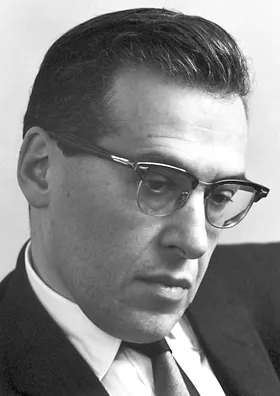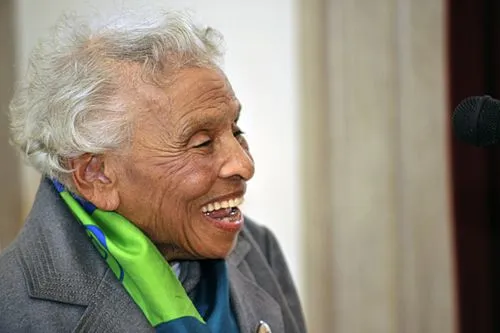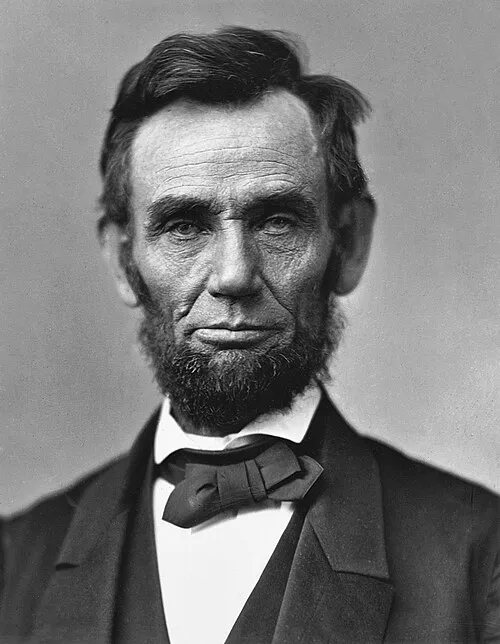
Name: Julian Schwinger
Birth Year: 1918
Nationality: American
Profession: Physicist and academic
Nobel Prize: Laureate
Death Year: 1994
Julian Schwinger: A Legacy of Quantum Innovation
In the turbulent landscape of the early 20th century, a remarkable mind was born. The year was 1918, and amid the echoes of World War I's conclusion, Julian Schwinger entered a world that would soon crave innovation in science. However, little did anyone know that this infant would grow to become one of the most influential physicists in history his contributions to quantum mechanics would forever change our understanding of particle physics.
A Curious Mind Emerges
Growing up in New York City during the roaring twenties, Schwinger's childhood was steeped in an atmosphere thick with intellectual curiosity. His father, a businessman with a penchant for scientific discussions at home, nurtured his young son’s fascination with mathematics and physics. Perhaps it was during those late-night conversations about Einstein’s theories and Bohr’s principles that Schwinger first tasted the intoxicating allure of unraveling nature's mysteries.
As he navigated through high school excelling academically yet quietly introspective Schwinger found solace within the pages of scientific texts rather than amidst loud social gatherings. By 1936, he had already earned admission to City College of New York a prestigious institution where he would sharpen his burgeoning intellect under notable mentors.
The Road to Nobility
After completing his undergraduate studies at CCNY, Schwinger continued on to Harvard University for graduate studies. Here came a critical turning point: despite being surrounded by brilliant peers and professors who thrived on competition and debate, Julian's unique approach often stood apart from mainstream thought processes. He engaged deeply with theoretical constructs while simultaneously questioning accepted norms this duality would shape his future work.
In 1941, while still at Harvard pursuing his Ph.D., irony struck when Schwinger was drafted into World War II as an officer in the Army Signal Corps. Although tasked primarily with communication technologies rather than physics research during wartime efforts a necessity for victory the experience honed skills crucial for future collaborative endeavors amongst scientists post-war.
The Quantum Leap
Following WWII’s end and returning home after years spent far from academic halls Schwinger's innovative prowess began to flourish rapidly within institutions like Los Alamos National Laboratory and later at Columbia University. His breakthrough came swiftly as he embarked upon solving complex issues surrounding quantum electrodynamics (QED), which describes how light interacts with matter; indeed a field ripe for exploration!
The Dilemma Of Divergence
Diving into this intricate world presented challenges; existing models faced complications such as infinities that rendered calculations useless! However... instead of conceding defeat or simply accepting limitations set forth by prior theorists like Richard Feynman or Wolfgang Pauli who were both working on similar problems too Schwinger devised innovative techniques known as “renormalization.” This method allowed physicists greater precision in calculating interactions between particles while sidestepping troublesome divergences altogether!
Nobel Prize Recognition
The climax arrived in 1965 when both Feynman and Schwinger were jointly awarded Nobel Prizes for their contributions toward QED! Ironically enough though their methods diverged widely even if results converged towards answering fundamental questions about electromagnetic phenomena! Many speculated whether they held contrasting views yet found common ground through mutual respect despite personal differences.
A Teacher Above All Else
Your past can echo throughout your life in many ways it shapes who you become as an individual! In retrospect... perhaps it wasn’t merely academia or revolutionary theories that defined Julian’s legacy; teaching became central too! As time wore on post-Nobel accolades with accolades pouring forth like warm applause after thrilling performances it became clear that mentoring young minds occupied equal importance alongside research pursuits.
His tenure at universities spanned decades including time spent instructing students eager for guidance within their chosen paths into science and not just limited solely toward physics either! Those fortunate enough to learn under him witnessed firsthand brilliance wrapped elegantly around humility: “I want them always thinking!” he'd remark frequently regarding student projects as though nurturing creativity remained paramount over rigid adherence towards established frameworks!
A Lasting Impact Through Education
This passion bore fruit long after retirement years since scholars inspired by interactions could carry forth ideals instilled deep within them long past graduation ceremonies into realms yet unexplored awaiting discovery anew… Who knows how many lives transformed via one teacher sharing insights garnered throughout diverse experiences?
The Unraveling Threads Of Time...
Sadly Julian departed this earthly realm back in 1994; however remnants remain entrenched deeply within realms spanning both academia & industry alike celebrating pioneering achievements touching every corner imaginable across disciplines fostering pathways leading forth promising futures ahead.







